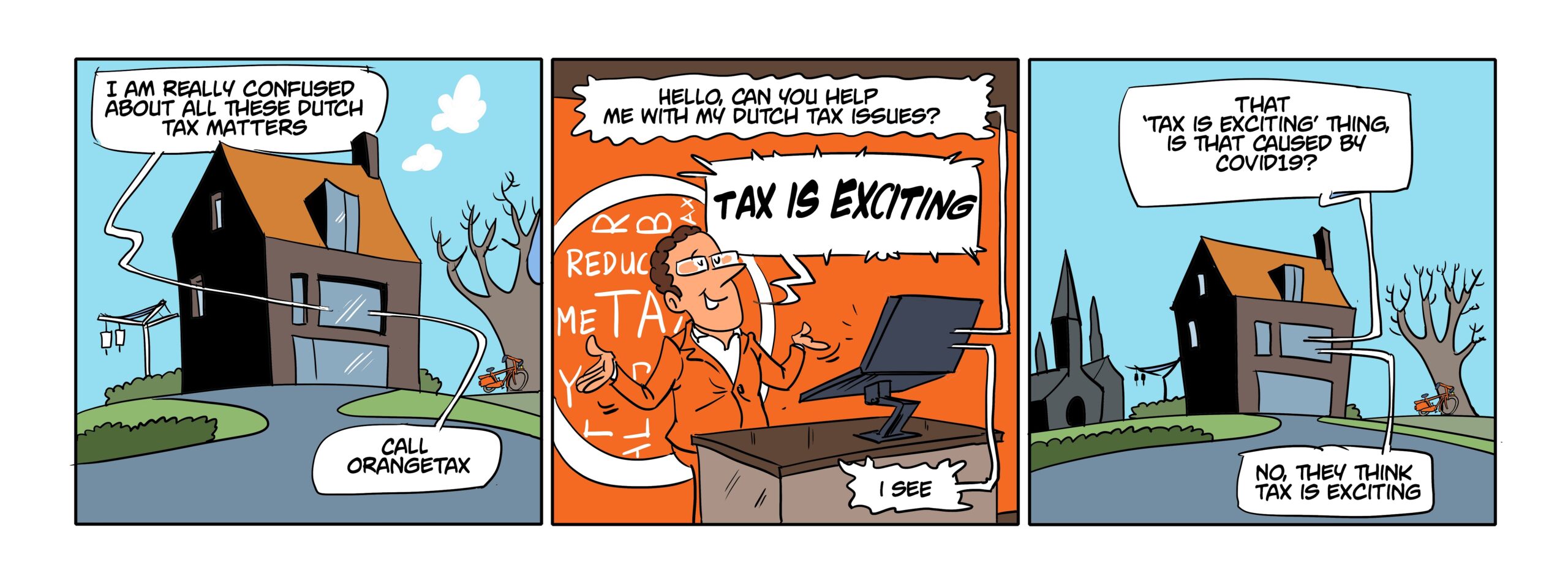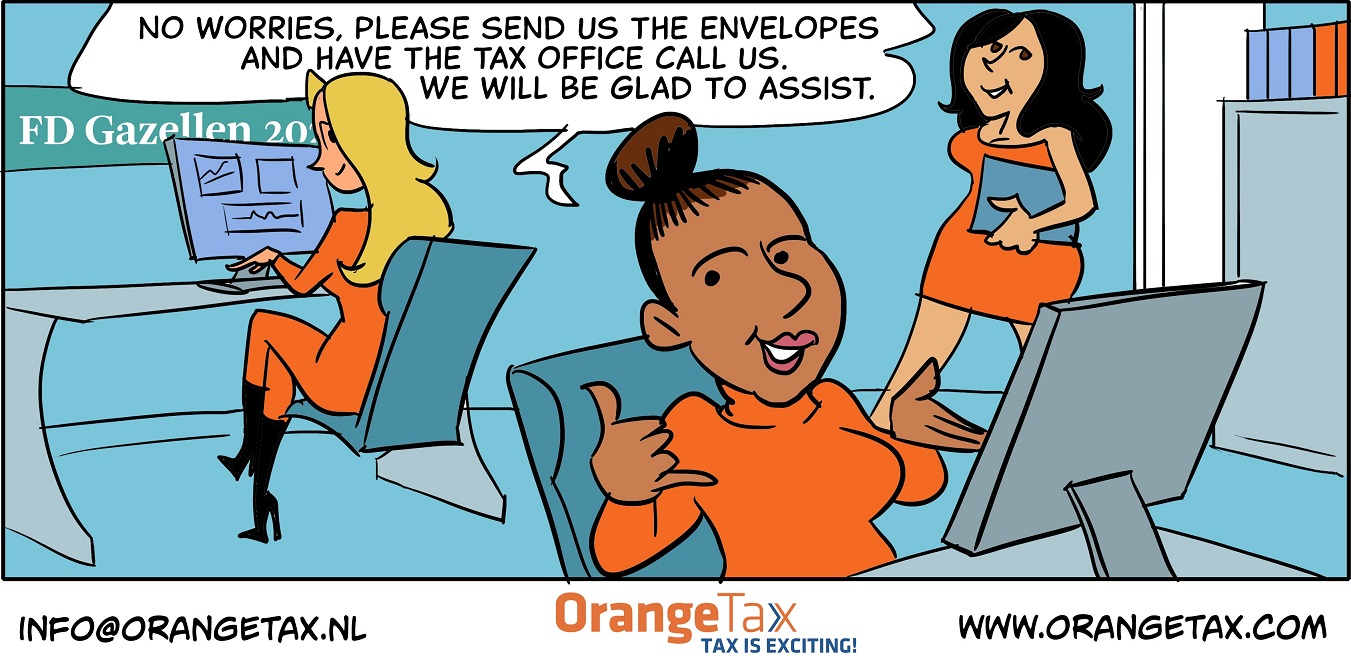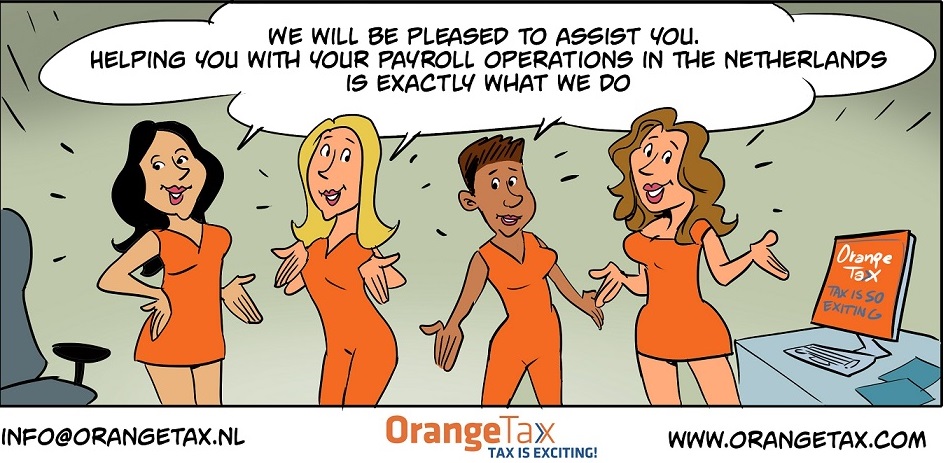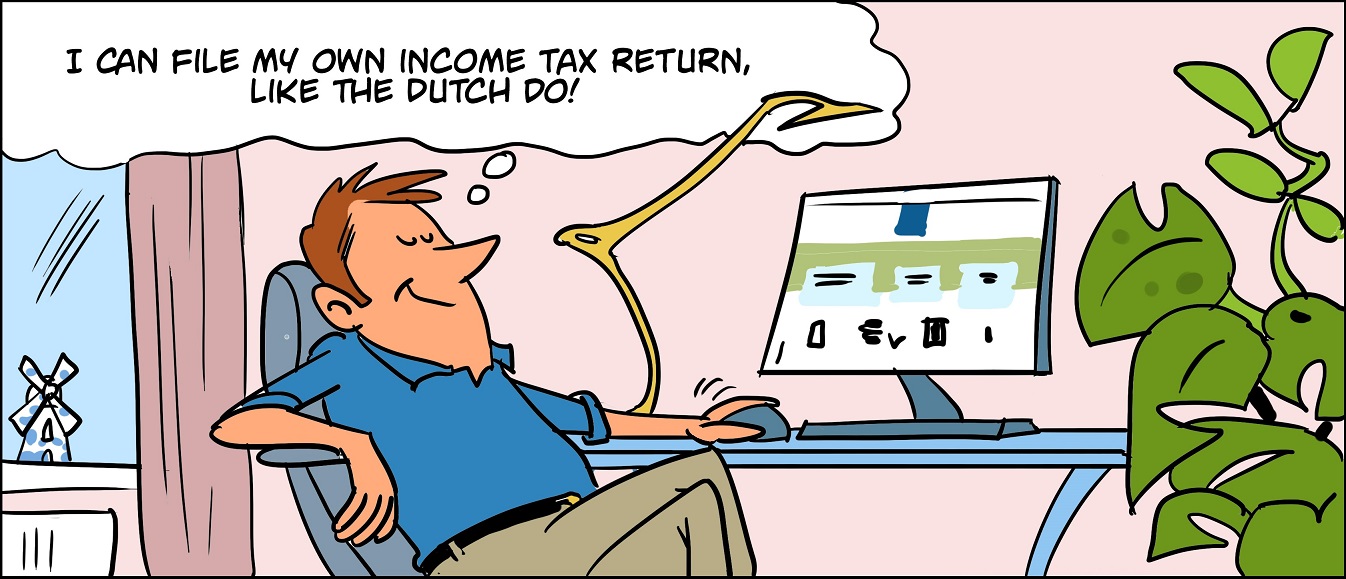The Netherlands has an extensive knowledge development and innovation output. While innovation and R&D are inherently uncertain processes, the Dutch government has a broad range of stimulation programs. The innovationbox. These stimulation programs can for instance be in the form of tax credits, subsidies and grants. The next section is a brief overview of some of the most relevant of these programs.
Innovationbox -WBSO
Governments often rely on incentives to lower the user cost and thereby stimulate R&D. Therefore, the Dutch government introduced the WBSO in 1994 to stimulate research and development in the Netherlands. In short, the WBSO provides a tax benefit for Dutch companies that are carrying out R&D. Each year, the Dutch government allocates the WBSO budget as part of the Tax Plan. For 2021, the WBSO budget is €1,3 Billion.
Under the act, wage costs of employees directly involved in R&D are eligible for tax benefits. The tax benefit is in the form of a reduction of salary tax and social security levies. Furthermore, the WBSO allows for an increase in the tax deductions available to self-employed persons. In 2022 the tax deduction on the first €350.000 of the R&D wage costs will be 32%. The remaining wage costs allow for a deduction of 16%. Start-ups are compensated extra, they can conduct 40% of the first €350.000 of R&D wage costs.
Put simply, the WBSO offers support for 2 different types of projects:
- Development project
This category covers the development of technically new products, production processes or software. - Technical-scientific research
This category covers explanatory research of a technical nature.
Innovationbox
The Innovation Box provides a tax benefit under which all income, generated due to IP, is subject to a favourable tax. More specifically, with the Innovation box the Dutch corporate income tax rate is 9%, instead of the usual 25%. The qualifying IP includes self-developed patented intangible assets or R&D activities for which a WBSO is granted.
Note, the tax rate of 9% can only be applied if profits exceed the total amount of production expenses of the intangible asset (the ‘Expenses Threshold’). Thus, the Innovation Box is not very effective if there are no profits made.
MIT Feasibility study
One of the ways the government provides support to SMEs is through subsidization of feasibility studies. The MIT Feasibility is a subsidy if you want to research the feasibility of a product/technology you wish to develop. In other words, you carry out a feasibility project in which you map out the technical and economic risks of an innovation project. A feasibility project consists of a feasibility study, but could also include industrial research or experimental development. The subsidy amounts to 40% of the total eligible costs with a maximum of €20.000.
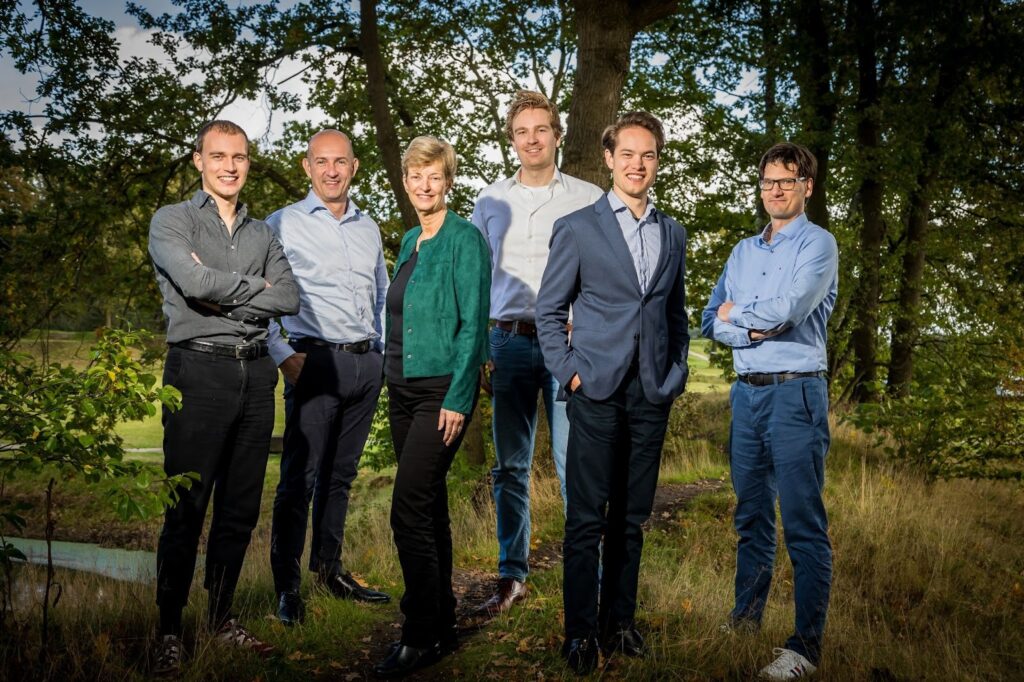
Sira Incentives
Although the Dutch government offers a wide range of subsidies, grants and tax benefits for innovation projects, the process of application might be difficult and time consuming for organizations.
Sira Incentives has a lot of experience with these applications and developed a method to increase the chance of success of the application. We can be of assistance in all phases of the application process.
With our experience and expertise, we help you to make the best use of these support programs. We help you realise your ambitions in the field of innovation. Without making it unnecessarily complicated.


